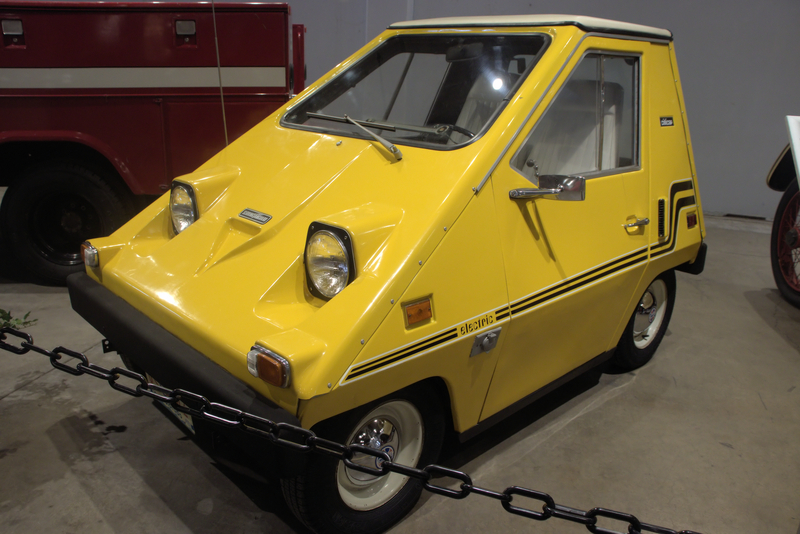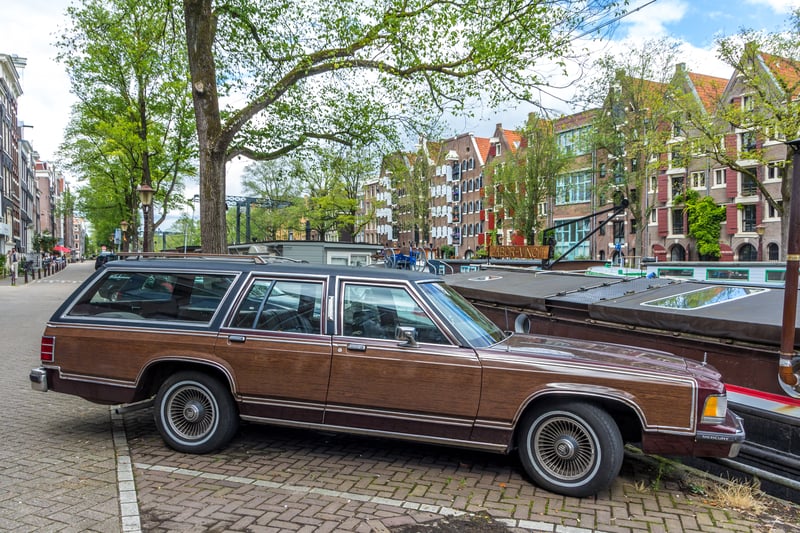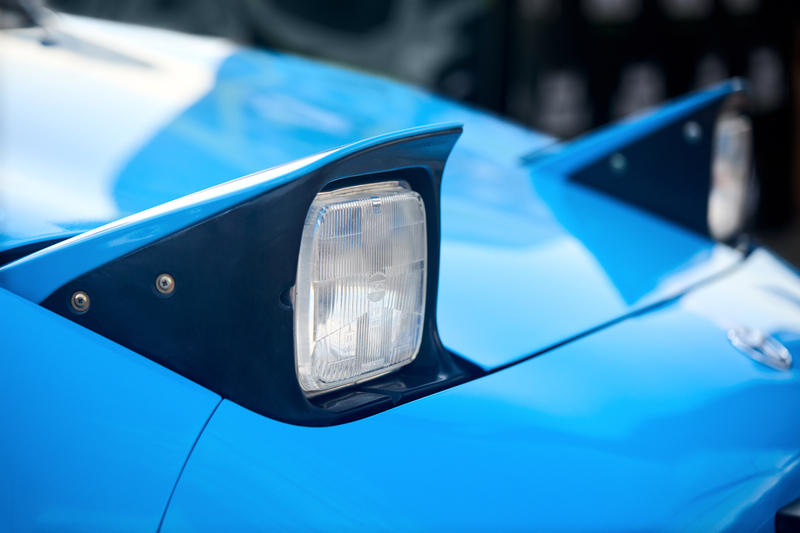As New Jersey Governor Phil Murphy makes the push to force residents to buy electric vehicles by the year 2035, the allure of electric cars is quickly fading among consumers, much like many past car fads. Those fads, like the first electric vehicle push in the 1980s, come and go.
The automotive industry, known for its dynamic evolution, has seen many features once deemed essential become obsolete. Among these, vent windows, prevalent in early vehicles for ventilation before air conditioning became mainstream, have faded away. Air conditioning, a luxury in the 1950s, is now standard, rendering vent windows unnecessary. The last vehicles to incorporate this feature were the 1996 Ford F-150s and Dodge Rams.
Landau roofs, another feature that symbolized luxury, derived inspiration from a German horse-drawn carriage. These often-vinyl roofs were designed to mimic convertibles but suffered from deterioration, leading to expensive repairs. By the 1990s, this style largely disappeared, although sporadically appearing on some modern luxury vehicles.
In the late 1970s and early 1980s, the Citicar was supposed to be the future of electric cars that would replace gas powered cars. The cars were impractical and unsightly. Their workmanship was subpar to other cars and even as the gas crisis persisted, they just never made a big impact.

The 1980s saw cars equipped with CB radios, a trend influenced by popular culture and the absence of cell phones. While CB radios provided convenient two-way communication, they quickly became redundant as cell phones gained popularity. However, CB radios still find use among enthusiasts, truckers, and emergency responders.
T-top roofs, introduced by General Motors and popular in the 1970s and 1980s, faced numerous safety and maintenance issues, including compromised structural integrity and leakage problems. Automakers gradually phased out this feature, with GM offering it on some models until 2002.

Front bench seating, reminiscent of horse-drawn carriages, was a staple in American sedans, providing extra space and seating flexibility. Safety regulations and the introduction of the center console led to its decline. The Crown Victoria was one of the last modern sedans to offer bench seating, marking the end of an era for this feature in sedans.
Velour seats, popular for their comfort and luxury appeal, were common in various cars from the 1970s to the 1990s. However, their tendency to deteriorate and cause discomfort in hot weather led to their decline. Chrysler was among the last to use velour seating, primarily in the 1990s.
Button tufting on car seats, once a symbol of luxury, gradually became a fad. It was commonly found in lower trim levels, with Chrysler being one of the last to offer it in their K-car interiors. Today, leather has become the preferred upholstery in the automotive industry.
Wood paneling on cars, especially station wagons, was a familiar sight, evoking images of family vacations. Despite its aesthetic appeal, the cheap construction often led to damage and deterioration. Chrysler’s Town and Country minivan, offered with wood paneling until 1996, marked the end of this trend.
These features, once symbols of innovation and luxury, now serve as reminders of the automotive industry’s constant evolution and the changing preferences of consumers.
